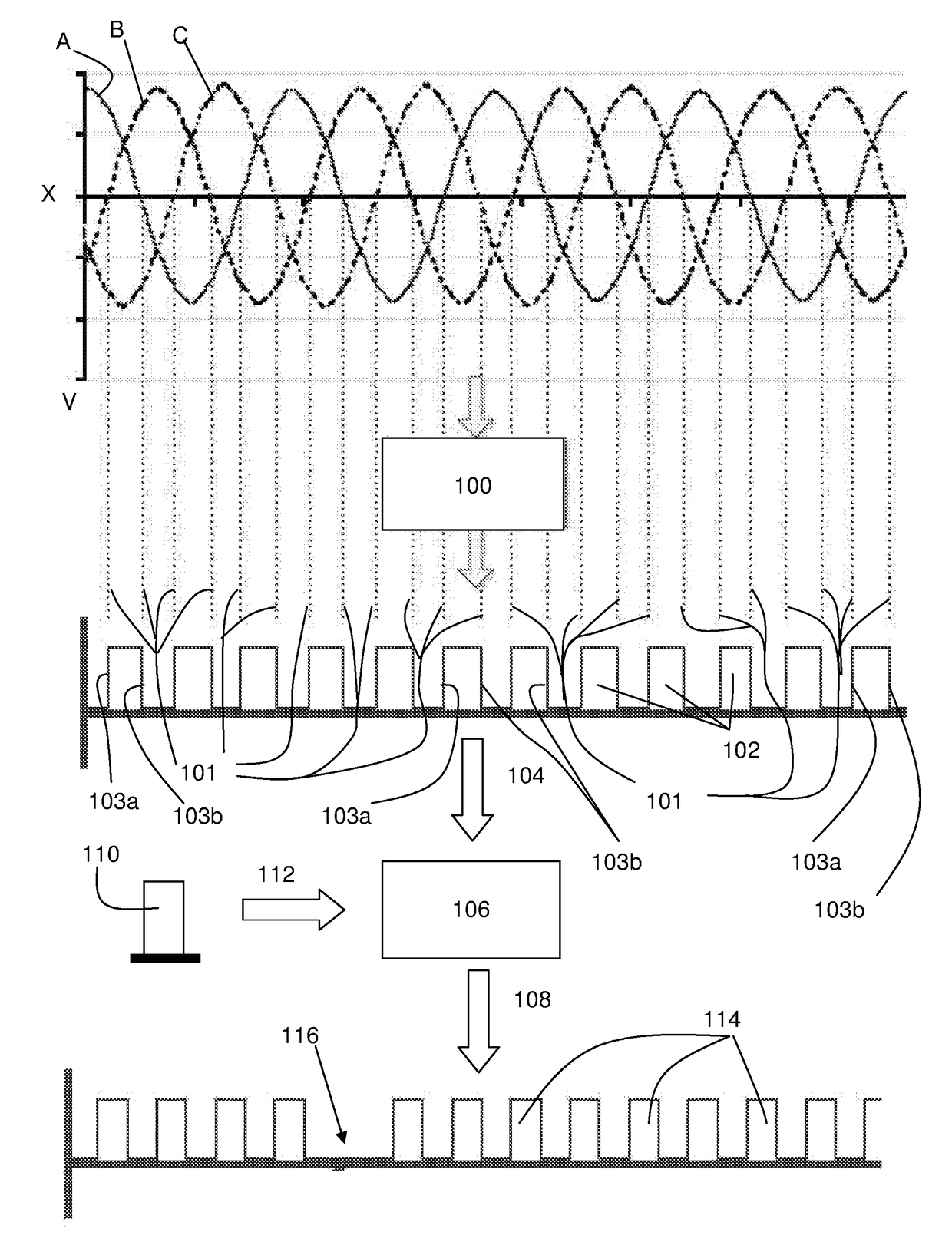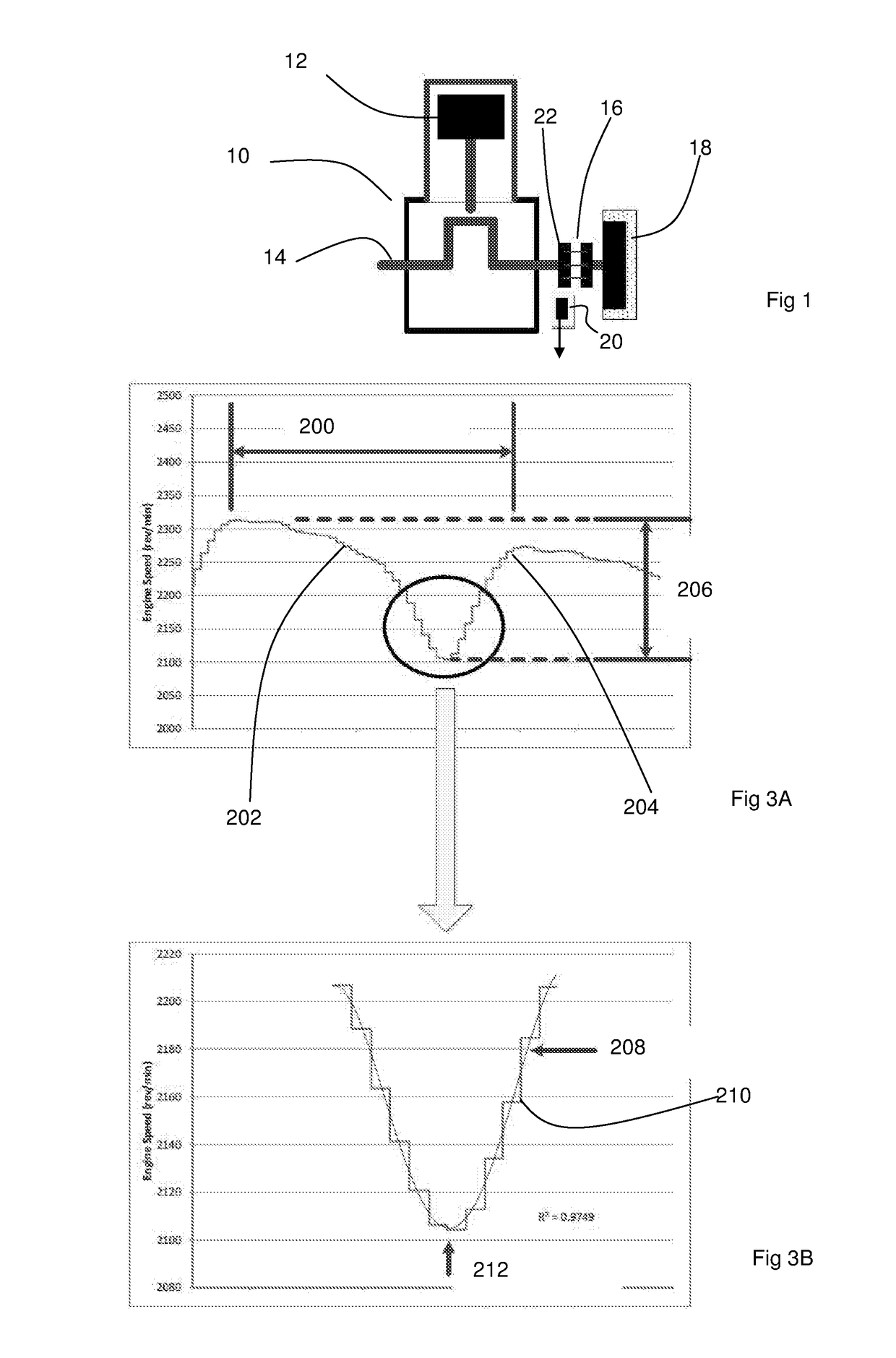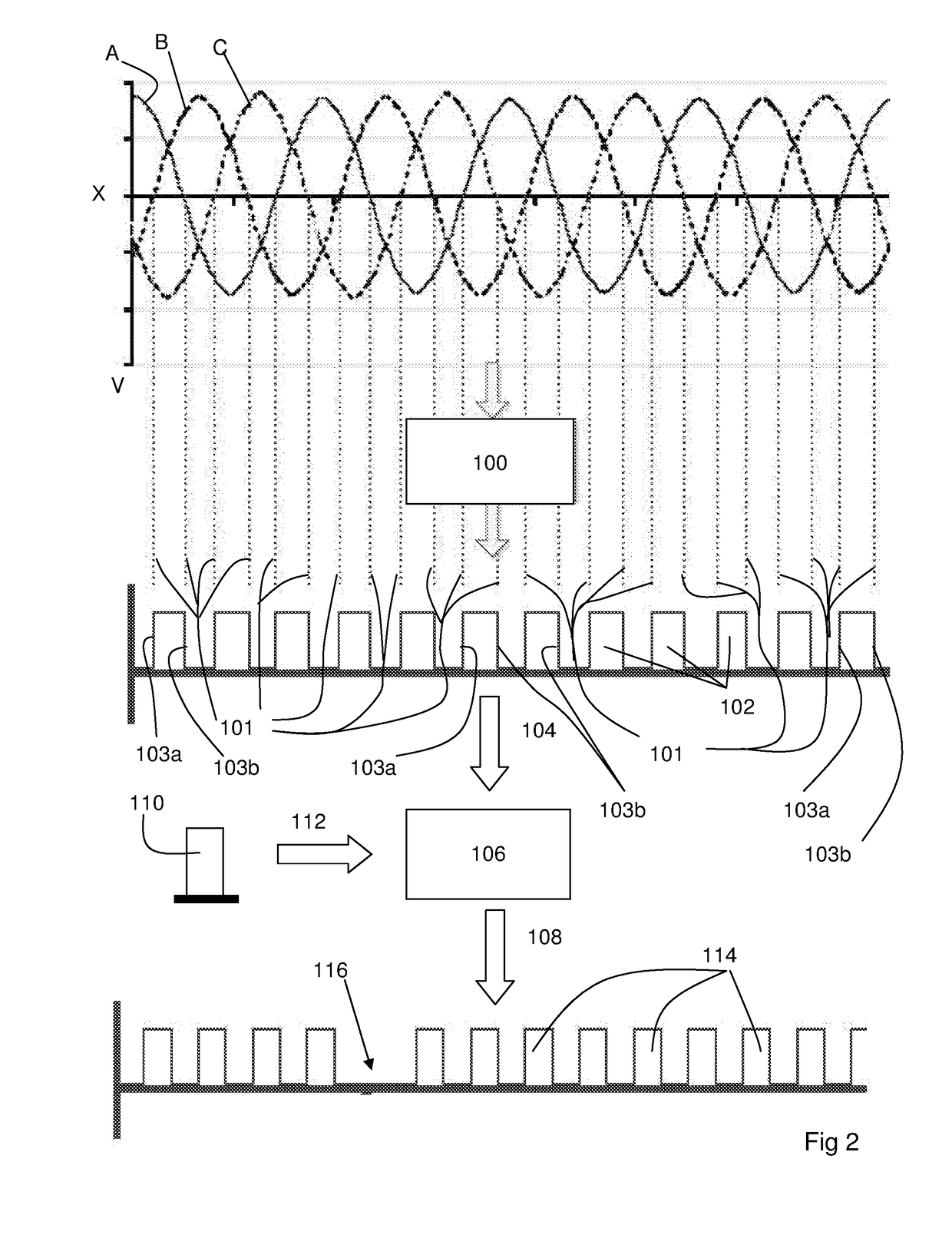Whilst it may be desirable to omit components and
control system parts to provide weight benefits in certain engines, minimising components in engine systems, particularly where this may
impact on any redundancy capability, can however lead to an
increased risk of engine failure, and ultimately potentially complete loss of the UAV.
If a UAV in some way fails whilst flying, this can result in the ultimate demise and destruction of the UAV when it falls back down to the ground.
Also, such failure can happen when the UAV is a long way from its base and potentially over dangerous or difficult
terrain, making safe
recovery risky or impossible.
There is also the associated risk of losing very expensive surveillance or other equipment carried by the UAV.
However, this tends to lead directly to increased UAV weight and also additional unit and replacement costs.
Furthermore in terms of reliability, having only one
system on-board does not allow for any failure at all of the engine
timing system.
This may also not satisfy certain regulatory requirements for such aerial vehicles when used in specific applications.
However, merely duplicating the primary engine
timing system can significantly
impact desired weight and space constraints of the UAV which can in turn reduce performance and range of the UAV.
Such duplication can also result in an increase of the overall cost of UAV.
For example, for engines utilising a
rotary encoder having a toothed / notched timing indicator wheel on an end of the crankshaft and a fixed sensor (such as a magnetic or optical sensor) to detect when a timing indicator on the wheel passes the sensor, adding a second such timing indicator wheel and sensor arrangement (or at the very least a second sensor detecting the timing indicator on the first wheel and having
electronics to compensate for the different rotational position of the timing indicator) would add significant complexity and weight to the UAV.
Also, duplicating the primary engine timing system components invariably adds to the cost of the UAV engine systems, not least because the primary engine timing system components needing to be robust are therefore relatively expensive.
Whilst it would be beneficial to have full engine timing system redundancy with two matching (duplicated) engine timing systems for UAV engines, the added weight and space of the complete second system would be too detrimental to performance and the effect on cost would also be an issue.
That is, an engine timing system along these lines which includes full duplicated standard engine timing systems, one serving as a primary system, and one for
backup / redundancy purposes, would make for an uncompetitive overall engine
package.
As discussed above, the mere duplication of parts to provide such redundancy capability in such UAV aircraft systems is in conflict with the requirement to keep weight to a minimum.
However, these typically require either duplication of components to provide redundancy, or have additional components that are used to emulate a timing signal or help derive a timing signal.
Such systems do not provide for partial redundancy of an engine timing system which fulfils the need for operational redundancy without incurring a significant weight (and cost) penalty incurred by direct duplication of timing system components or adding other components that are used to emulate or replace components in order to generate a replacement timing signal, and thus add significantly to weight and cost.
Thus, U.S. 2007 / 0256482 adds a second
crankshaft position sensor and associated connections and
processing to generate the emulated second crankshaft position signal
stream, which adds weight and cost to the engine / vehicle.
This clearly adds cost and weight to the engine.
 Login to View More
Login to View More  Login to View More
Login to View More 


